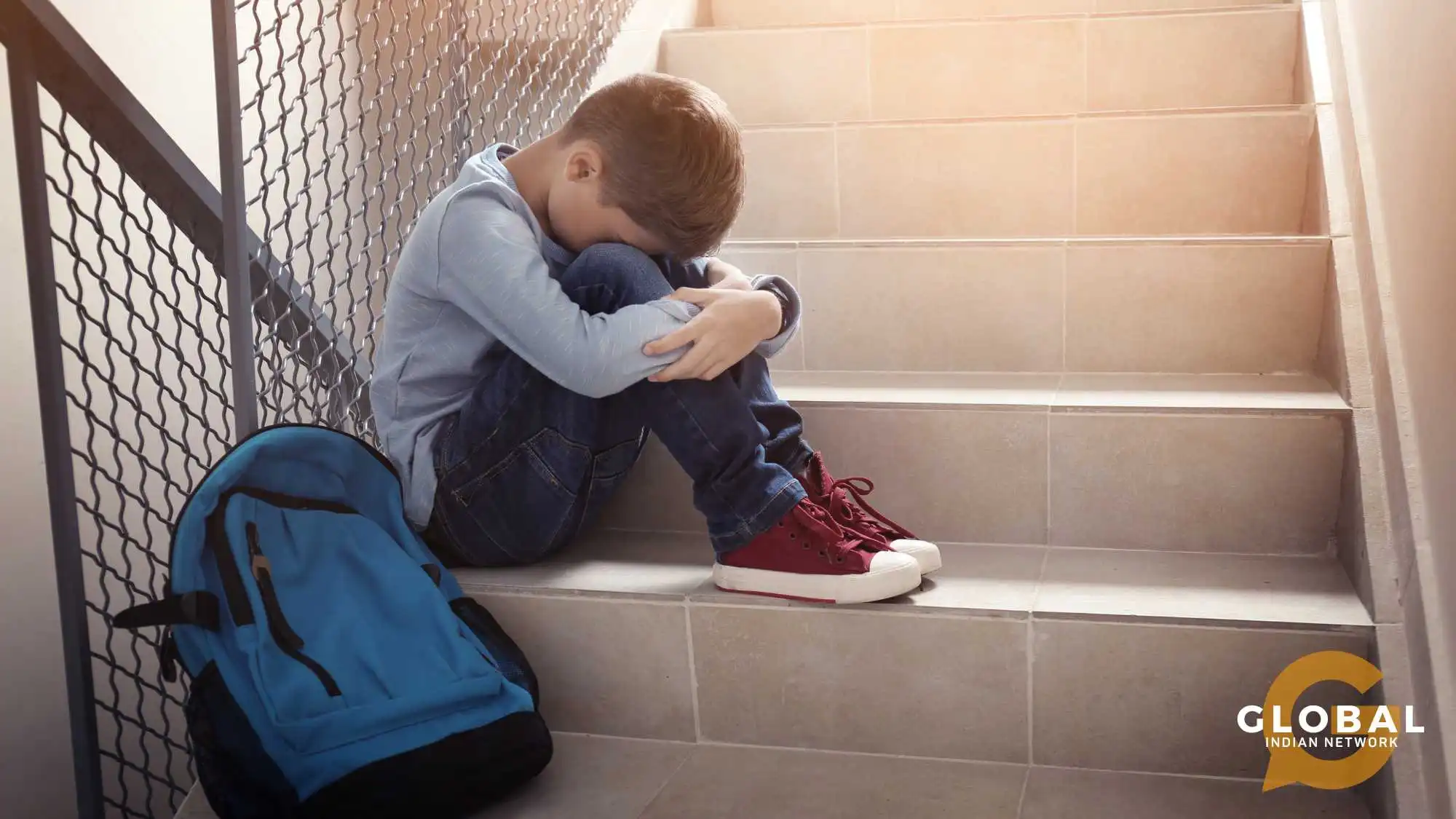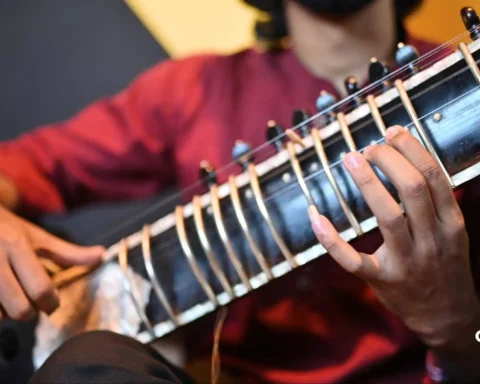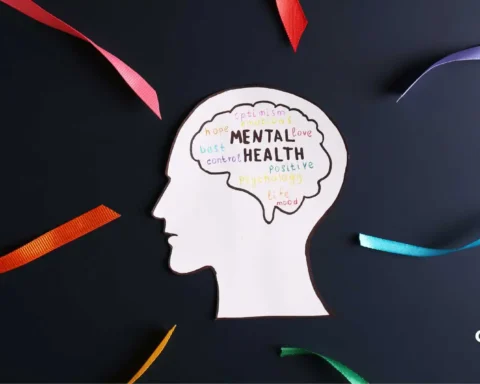Bullying is a process of intentional and repeated behaviour or action-oriented towards others to make them feel low, and the victim can’t defend themselves. Author Zack W. Van quotes, “ Bullying builds character like the nuclear waste creates superheroes. It’s a rare occurrence and often does more damage than endowment.”
At its core, bullying is violence against children by causing mental, physical, or both damage to the affected child. It is mentally disruptive and physically challenging to one being the victim of it. Bullying in schools in India is a prevalent issue impacting the emotional and mental well-being of students. India has taken significant steps to combat bullying by implementing anti-bullying laws. These laws have a legal framework for protecting and preventing students from various forms of bullying.
Listen To This Podcast: Kintan Saraswat’s Story, a Brutal Reminder of School Bullying
Table of Contents
Types of Bullying
In India, according to Anti-Bullying law, it is defined as repeated or intentional behaviour that causes harm to another person. It includes acts such as aggression, intimidation, and discrimination based on sex, colour, age, gender, region, caste, and so on. Different types of bullying are:
Physical bullying: This is meant to damage the victim’s reputation and includes spreading rumours by playing unkind pranks and jokes with the intent to humiliate the victim. It isn’t known by the parents and teachers and becomes tough to control or stop.
Verbal bullying: It includes name calling, insulting, teasing, sexual harassment, or racist language. Victims of this type may not immediately react but have symptoms such as depression, aggression, and other uncontrollable emotions.
Cyberbullying: A new age form of bullying due to advances in technology. Using social media, the internet, and mobiles to intimidate, hurt, or embarrass someone on purpose by sharing cruel or threatening information to embarrass the person on purpose. Cyberbullying is pretty dangerous and may lead to deaths if unnoticed.
How to Identify Bullying
Bullying in schools in India is noticed if it causes severe damage like deaths and mental and physical retardation to an extreme point. Parents, teachers, and other helpers are mostly unaware of bullying. It comes to notice when the victims suffer from physical abuse, such as rashes and bruises. Mental abuse, such as aggression, overthinking, and psychological disorders.
Communication plays an important role in identifying and eradicating bullying. Providing awareness and strength among the victims helps them to speak out about the bullying. A safe and secure environment for the students helps them to cope with bullying and helps them fight for their healthy and secure well-being.
Bullying in Schools in India
Bullying in schools in India remains unnoticed for several reasons, which include reputation, unawareness, threats, and being unnoticed. Bullying in schools in India came into the limelight because of the severe impact on the victims. Reports reveal that in India, 26% of boys report physical bullying compared with 19% of girls. On the other hand, girls mostly experience psychological bullying. Studies show that one student out of every four students is affected by bullying in India, which is quite negotiable.
In Delhi, a 15-year-old student of a private organisation informed a therapist that her classmates bullied her for her height, colour, and academic performance. She was even affected by the teachers for her low percentile, which made her think of cutting her wrist.
A 20-year-old student was hanged to death as she couldn’t tolerate the bullying by her roommates, but this case was manipulated by stating that the victim had a depressed mindset.
Ways to Prevent Bullying in India
Studies conducted show that bullying is 50-60% high in India. However, India doesn’t have any specific law that deals with bullying. In certain aspects, bullying is punishable under various laws, depending on the consequences the victim suffers. There are certain measures taken to eradicate bullying include:
- Awareness among the people
- Counselling the victims and perpetrators
- Providing a supportive ecosystem
- Setting up the technology boundaries
- Having a strong law for punishing the offenders
Anti-Bullying Law
Anti-bullying law in India provides protection measures to victims by helping them reach out to various channels, including the social authorities, police, and the National Commission for Protection of Child Rights. This law ensures protection and confidentiality for the victim during the investigation process by which the victims come forward to fight for their rights.
This law consists of certain consequences for the offenders based on the severity. Students found guilty of bullying can face disciplinary actions such as suspension, expulsion, imprisonment, and penalty.
You Might Be Interested In: Is Bullying Illegal in India? Everything You Need to Know
Conclusion
Since bullying in schools in India is impacting the physical and emotional well-being of students, it has to be one’s responsibility to eliminate it for the healthy well-being of society. Anti-bullying laws in India are a significant step towards creating a safe and inclusive learning environment for students. It is essential for every student to understand their rights and responsibilities under these laws and to report any incidents of bullying or harassment to the appropriate authorities. By working together, we can prevent bullying and promote a culture of kindness and respect in our schools and colleges.
FAQs
Is eradicating bullying possible in India?
Yes, bullying in schools in India can be eradicated by creating awareness among the students and punishing the offenders by having certain strict laws such as the anti-bullying law.
How effective is bullying prevention?
The effectiveness of bullying prevention programs varies. It depends on the program itself and how it’s implemented in the specific school environment.
Are schools effective in stopping bullying?
Schools can make a difference if they have clear rules, train students to help each other and create a welcoming environment.









